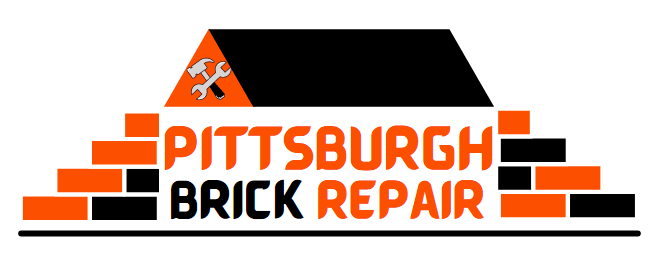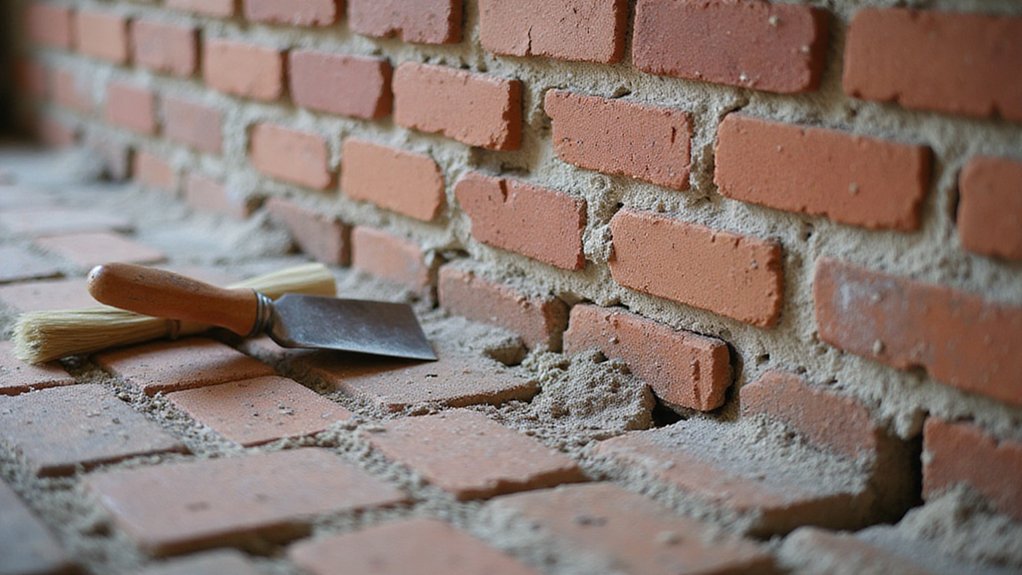As a homeowner, you’ve probably noticed cracks in your brick walls or crumbling mortar joints that worry you. Masonry restoration isn’t just about fixing cosmetic issues—it’s about protecting your property’s structural integrity and value. Whether you’re dealing with an aging historic home or a modern building, understanding how to restore and maintain masonry can save you thousands in potential damage. Are you ready to learn how to preserve your home’s foundational character?
Understanding the Basics of Masonry Restoration
Masonry restoration is a pivotal process for preserving the structural integrity and aesthetic appeal of brick, stone, and concrete buildings. You’ll want to comprehend the unique composition and material properties of your structure before beginning any restoration work. Different masonry types respond differently to repair techniques, so knowing your building’s specific characteristics is essential. Tuckpointing and repairs are crucial for addressing common issues like mortar deterioration and preventing water damage in masonry structures.
Signs Your Property Needs Masonry Repair
Brick and stone structures don’t stay perfect forever, and recognizing early warning signs can save you significant repair costs. Watch for crumbling mortar between your bricks, which indicates structural weakening and potential water damage.
Discolored bricks might signal deeper moisture problems that could compromise your home’s integrity. Visible cracks, especially those wider than a hairline, suggest shifting foundations or structural stress.
If you notice loose bricks, bulging walls, or white powdery residue (efflorescence), these are clear indicators your masonry needs professional attention. Don’t wait until minor issues become expensive repairs. Freeze-thaw damage can rapidly deteriorate masonry structures if left unaddressed, potentially causing extensive and costly damage to your home’s foundation and walls.
Common Masonry Restoration Techniques
Several critical techniques exist for restoring and preserving aging masonry structures, each customized to address specific types of damage and structural needs. Masonry restoration professionals employ various methods to protect and revitalize your property’s infrastructure.
Your restoration options typically include:
- Tuckpointing to replace deteriorating mortar joints
- Concrete repair methods targeting structural weaknesses
- Masonry reinforcement techniques like carbon fiber strapping
- Epoxy injection for stabilizing cracks and preventing further damage
These targeted approaches help maintain your building’s integrity, ensuring long-term durability and preventing costly future repairs.
Choosing the Right Restoration Professional
When you’re facing complex masonry restoration challenges, selecting the right professional can make all the difference in preserving your property’s structural integrity and aesthetic value. You’ll want to start by screening qualifications carefully, checking credentials, certifications, and past project portfolios. Look for professionals with specialized experience in your specific restoration needs.
Evaluating cost estimates is imperative, but don’t choose based on price alone. A reputable contractor will provide transparent pricing, detailed project plans, and clear communication. Ask for references, verify insurance, and trust your instincts about their skills and professionalism.
Materials Used in Masonry Restoration
Because masonry restoration demands precise material selection, professionals rely on a carefully handpicked range of specialized components to effectively repair and preserve historic and modern structures.
When selecting masonry materials, you’ll want to understand the critical components that guarantee successful restoration:
- Restoration mortars with specific composition matching original building materials
- Lime-based and hydraulic lime products for authentic structural integrity
- Specialized stone and brick replacement materials
- Advanced sealants and protective coatings designed for long-term durability
Your restoration project’s success depends on choosing materials that acknowledge the structure’s historical milieu while providing modern performance and protection.
Cost Considerations and Budgeting
Masonry restoration can quickly balloon your project costs if you’re not careful with planning and budgeting. You’ll want to get multiple quotes and understand the scope of work before diving in.
Material costs can vary widely depending on the type of masonry and extent of damage. Consider exploring financing options like home improvement loans or contractor payment plans to spread out expenses.
Your budget should include labor, materials, permits, and potential unexpected repairs. Don’t forget to factor in long-term preservation costs that can save you money down the road.
Preservation vs. Replacement: Making the Right Decision
Age and environmental factors can greatly impact the integrity of masonry structures, making the choice between preservation and replacement a critical decision for property owners.
When evaluating your masonry’s condition, consider these key factors:
- Assess the extent of structural damage and potential historical significance
- Evaluate the aesthetic appeal and long-term maintenance costs
- Determine whether repair techniques can effectively restore structural integrity
- Consider the potential impact on your property’s overall value
Ultimately, preservation often proves more cost-effective and maintains the unique character of your cherished structure, while thoughtful restoration can breathe new life into aging masonry.
Maintaining Your Restored Masonry Structures
Once you’ve invested in masonry restoration, you’ll want to keep your structure looking pristine and structurally sound for years to come. Periodic maintenance is key to preserving your restored surfaces and ensuring long-term structural integrity.
You’ll need to inspect your walls annually for signs of wear, cracks, or moisture damage. Clean surfaces gently with appropriate masonry cleaners, avoiding harsh chemicals that could erode delicate restored areas. Address minor issues promptly before they escalate into costly repairs.
Consider consulting a professional mason for complex maintenance tasks and expert guidance in protecting your precious restoration investment.
Frequently Asked Questions
How Long Does a Typical Masonry Restoration Project Take?
You’ll find most masonry restoration projects take 1-3 weeks, depending on damage extent and complexity. Your project timeline and restoration costs will vary based on specific building needs.
Can I Restore My Masonry Structure Myself or DIY?
You can attempt DIY masonry restoration, but it requires proper preparation techniques and specialized skills. Without professional knowledge, you might cause more damage and compromise your structure’s integrity.
Will Masonry Restoration Increase My Property’s Overall Market Value?
You’ll elevate your property’s value through masonry restoration, enhancing increased home appeal and potentially securing higher resale prices that make your home stand out in the neighborhood.
Are There Environmental Impacts From Masonry Restoration Techniques?
You’ll need to manage chemical disposal carefully and monitor air quality concerns during restoration. Sustainable practices can minimize environmental impact while preserving your home’s historic integrity and community character.
How Often Should Historic Masonry Structures Be Professionally Inspected?
You’ll want periodic condition assessments every 3-5 years for historic masonry structures, aligning with professional building maintenance schedules to preserve your cherished design legacy.

